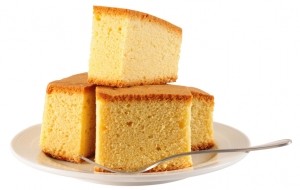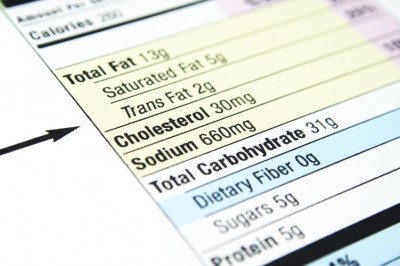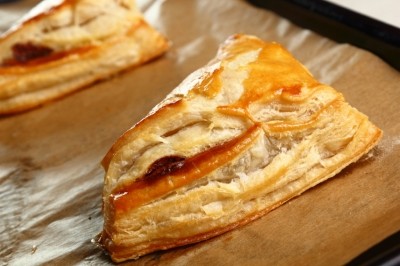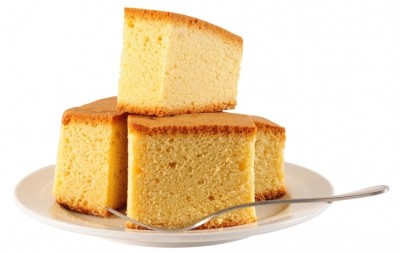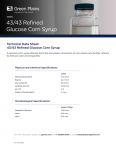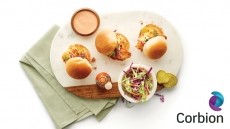Special Edition: Tasty Fat Replacement
Next-generation emulsions the future for fat reduction, claim experts
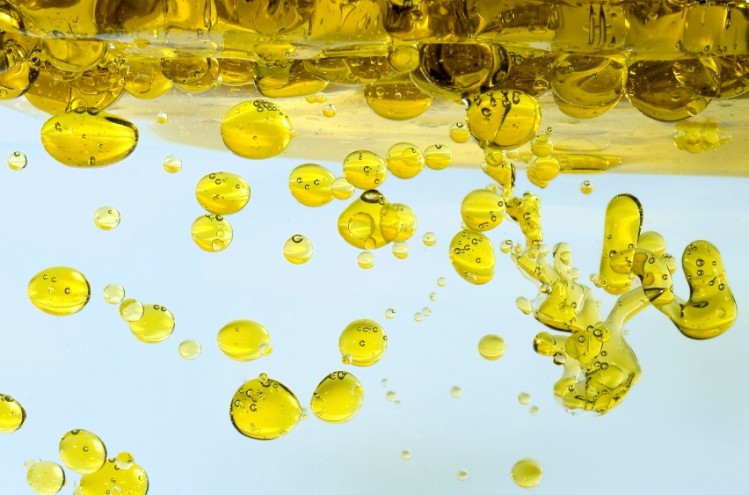
Over the past decade numerous fat replacers have been developed, from polysaccharides and fibers to hydrocolloid and gum blends, but experts from Campden BRI and Leatherhead Food Research said next-generation water-in-oil, gel-in-oil and double emulsions were the future for fat reduction.
Charles Speirs, bakery science manager at Campden BRI, said the latest generation of fat replacers had evolved from emulsion technologies used in margarines and low fat spreads. These emulsions, he said, ensured better fat distribution throughout the product which had a number of advantages.
“Many flavors are fat soluble and by removing or reducing fat there is a potential to also reduce flavor. Simply adding back flavor might not necessarily work if there is not sufficient fat distributed through the product to carry the flavor,” he said.
“An approach which replaces fat with water-in-oil or gel-in-oil emulsion rather than simply reducing fat allows for better distribution of fat through the food. This in turn allows for better distribution of fat soluble flavors.”
Next-generation emulsions
Campden BRI had taken the concept of emulsions for fat replacement a step further, Speirs said, with an alginate gel-in-oil emulsion that could half the fat content of cakes and biscuits.
“The alginate gel-in-oil system looks promising as it reduces total fat and also contributes positively to product texture… Unlike conventional water-in-oil emulsions, the alginate gel provides a thermally stable structural component giving the emulsion the mouthfeel and technical properties of hard fats with all the benefits of reduced calories and total fat with a healthier fat profile,” he said.
The emulsion enabled zero trans fat, reduced saturated fat and reduced total fat baked goods.
Speirs said Campden was also looking at the “exciting prospect” of the emulsion being associated with appetite control. “Recent research at Newcastle University has shown that alginate has a satiating effect in the diet; that is it makes you feel fuller for longer,” he said.
Steve Osborn, business innovation manager at Leatherhead Food Research, agreed that developments in emulsions looked promising for fat replacement, particularly from a technical standpoint.
Leatherhead, for example, had developed double emulsions (water-in-oil-in-water) for fat replacement in foods, he said.
“Double emulsions, whereby water is dispersed into oil droplets before those droplets are dispersed into a water phase, has the effect of replacing some of the fat portion with water, whilst not compromising fat sensory attributes.”
How low can we go?
The biggest challenge for manufacturers with fat replacement was ensuring the integrity of the product was maintained, Speirs said.
“The functions of fat in bakery applications are many, including shortening ability, lubrication, emulsification, aeration, shelf life and of course eating quality. The challenge of fat replacement is to make sure you tick all these boxes required for any specific application.”
Osborn agreed that fat replacement was a challenge because its purpose in food was multifunctional. “It delivers structure, texture and taste, so a straightforward removal is always going to be difficult as the fat can often play a key role in the formation of the product itself.”
Asked how low manufacturers could go with fat reduction in bakery and snack products, he said: “Fat is an essential nutrient, so ‘nil’ should never be the target for mainstream products. However, fat reduction strategies should be holistic and the goal should be to deliver a balanced product where possible.”
Speirs said for baked goods like biscuits where fat played a functional role – contributing to the ‘melt in the mouth’ crumbly texture – texture impacts had to be considered with fat reduction whereas in snacks it was more about desired flavor characteristics, rather than function.
